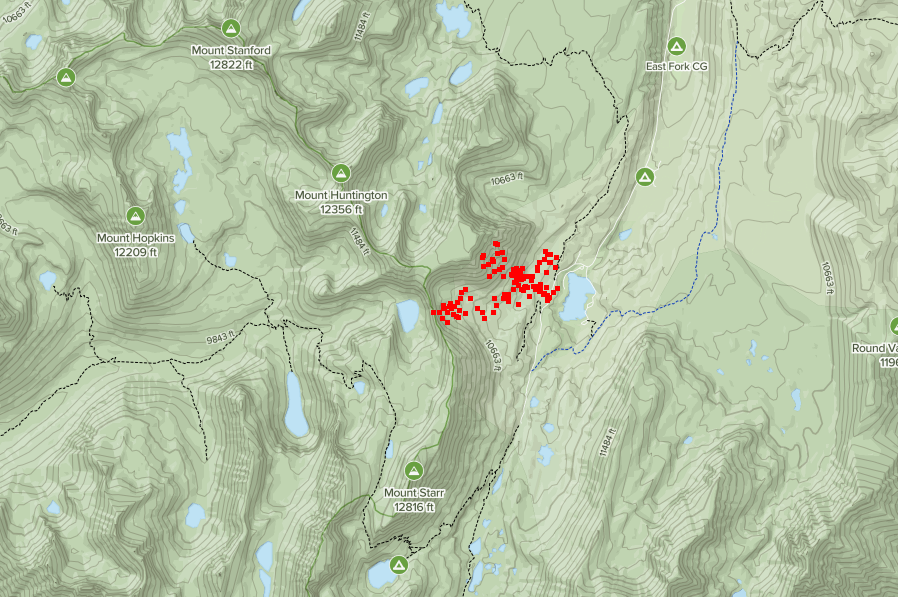Example project for ZIO-gRPC
Imagine there is a hiker reporting his location to a service as he is walking. Later he can download the recorded hike. In addition, fans can live stream his location.
There are four subprojects:
- protos: the protocol buffer and the RPC service definition. The other projects depend on this project.
- server: contains 4 implementations of the service. The last one (HikeService4.scala) is the most complete.
- client: an example client of this service
- webapp: a Scala.js webapp that exercises this server.
You may want to install grpcurl to experiment with the server from the command line.
In one terminal, start the server inside sbt:
server/runMain anyhike.server.Main4
Now that the server is running, you can connect to it from the command line tool. We will use grpcurl to find out what services are available:
$ grpcurl -plaintext localhost:9000 list
anyhike.HikeStore
grpc.reflection.v1alpha.ServerReflection
We see that anyhike.HikeStore is available. Let's see what methods it
provides:
$ grpcurl -plaintext localhost:9000 list anyhike.HikeStore
anyhike.HikeStore.AddLocations
anyhike.HikeStore.GetLocations
anyhike.HikeStore.StreamLocations
We have the AddLocations method that records new location, GetLocations
that retrieves the recorded locations, and StreamLocations that streams
newly added locations.
Let's invoke the AddLocations method:
grpcurl -d '{"locations": [{"lat": 37.12, "lng": 35.42, "timestamp": 10451}]}' \
-plaintext localhost:9000 anyhike.HikeStore/AddLocations
and we can retrieve that:
$ grpcurl -plaintext localhost:9000 anyhike.HikeStore/GetLocations
{
"locations": [
{
"lat": 37.12,
"lng": 35.42,
"timestamp": "10451"
}
]
}
Try connecting to StreamLocations from one terminal, and calling AddLocations from another.
You can also try to invoke the Scala client from sbt:
client/run
To run the demo locally, you need to install:
- Docker and docker-compose
- npm
Build the webapp, in SBT:
webapp/fastOptJS::webpack
In order to serve it, we are setting up a container an nginx server to server the static files. In front of it, we will put together envoyproxy server that would route the grpc-web requests coming from the browser into our gRPC server running on the host.
+--> nginx (for static files, including the compiled JS code)
Browser --> envoyproxy --+
+--> our grpc server
To create this setup on OS X and Windows:
docker-compose up
To create this setup on Linux:
docker-compose -f docker-compose.yml -f docker-compose.linux.yml up
Now, while you still have the server running on port 9000 as usual, point your browser to http://localhost:8080 and interact with the map.
Try openning the url in another window and watch what happens when you interact.
Try to stop the server, and instead run HikeService3 which does a random walk: server/runMain anyhike.server.Main3
and visualize it using the app.
